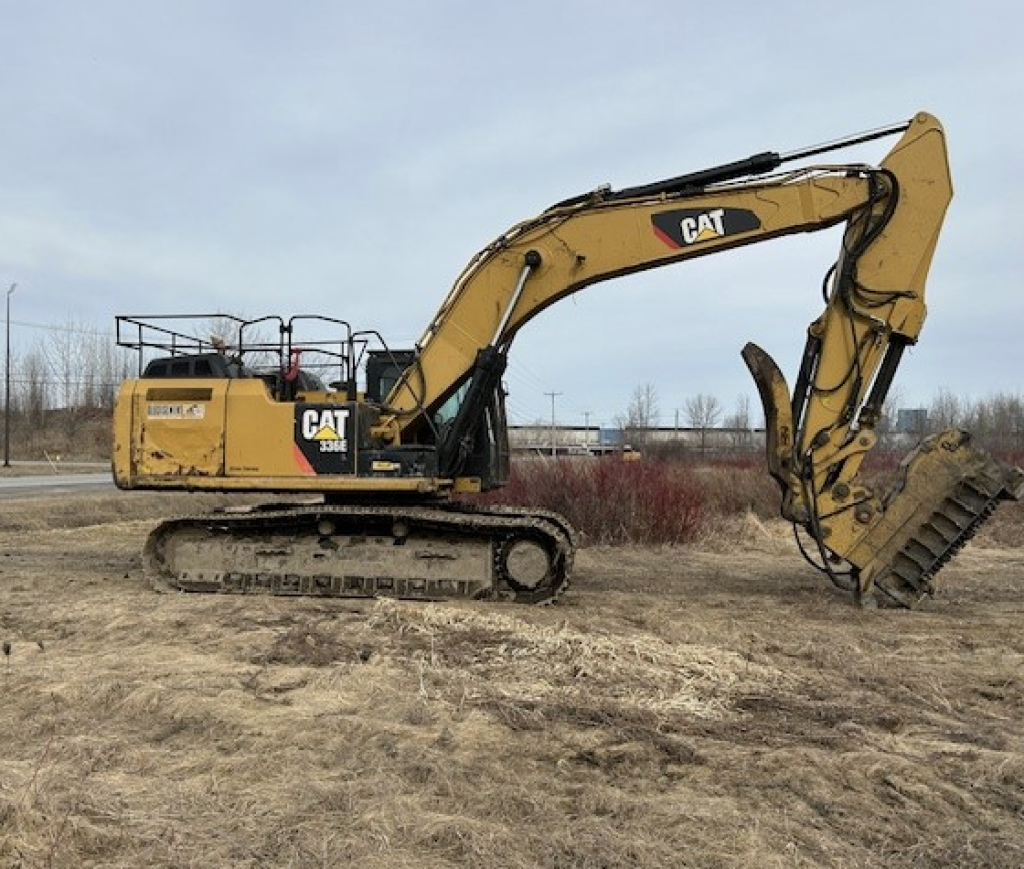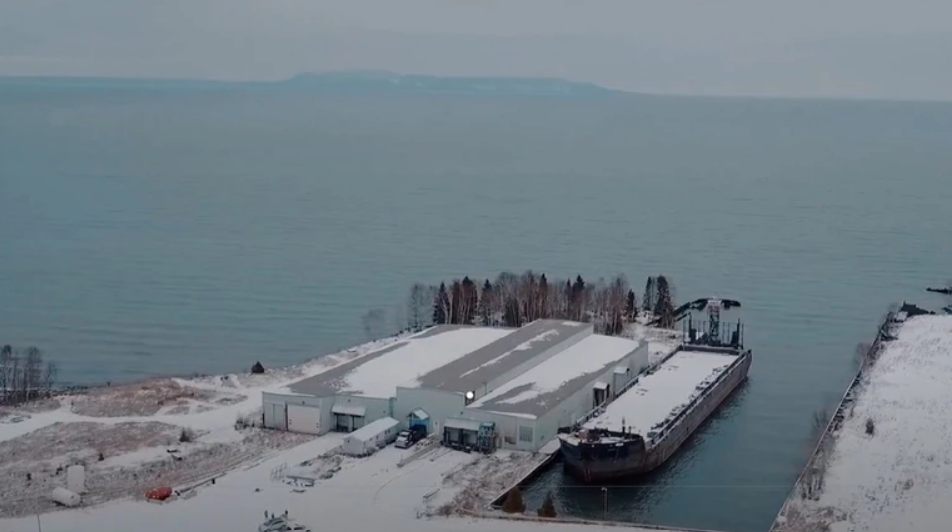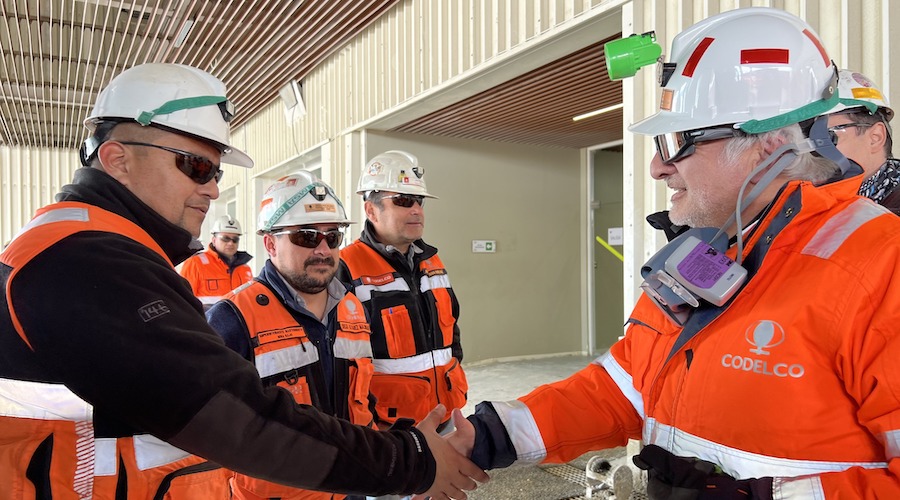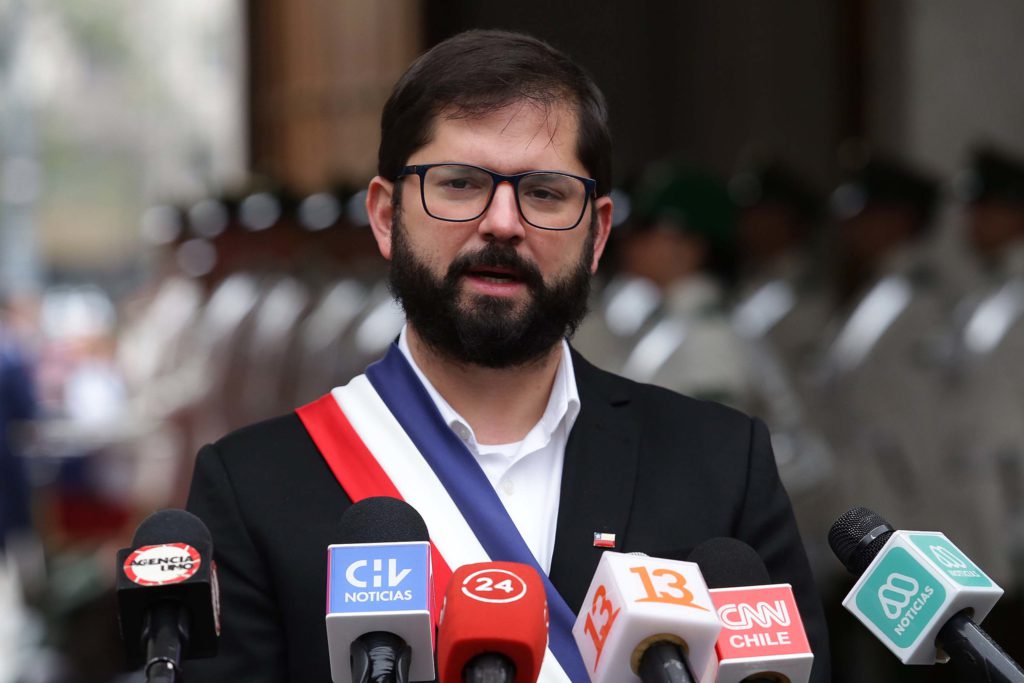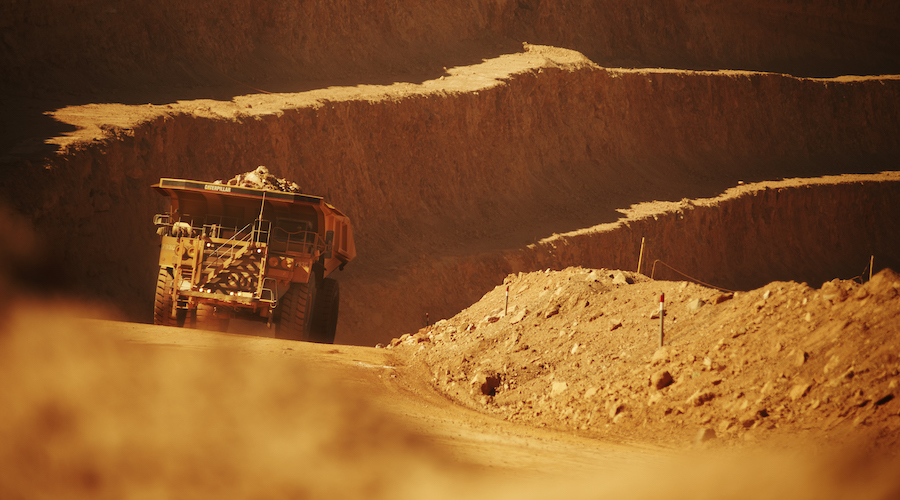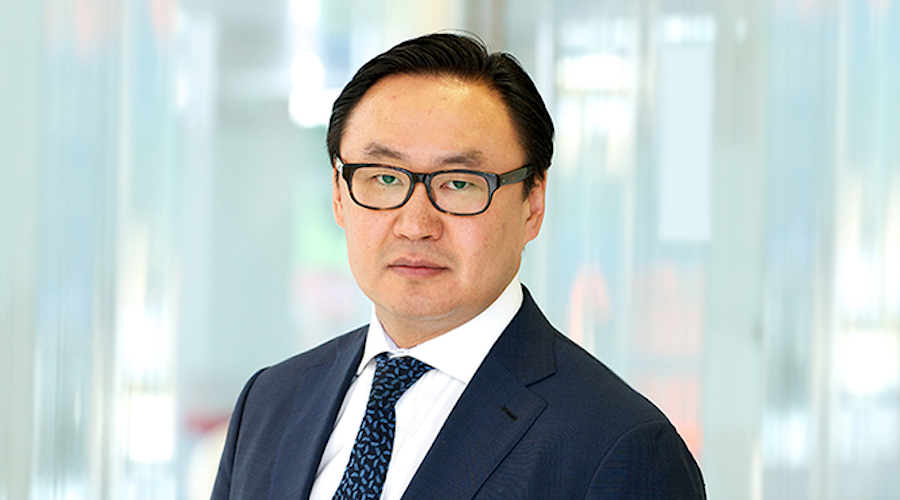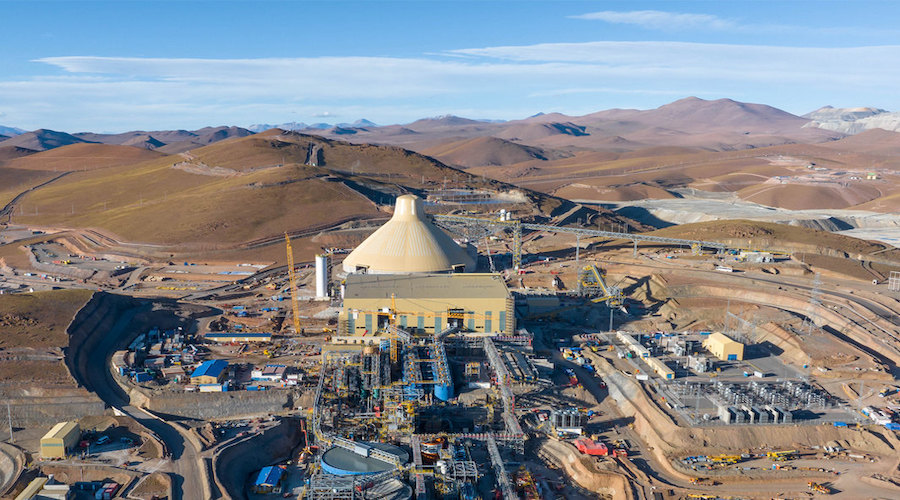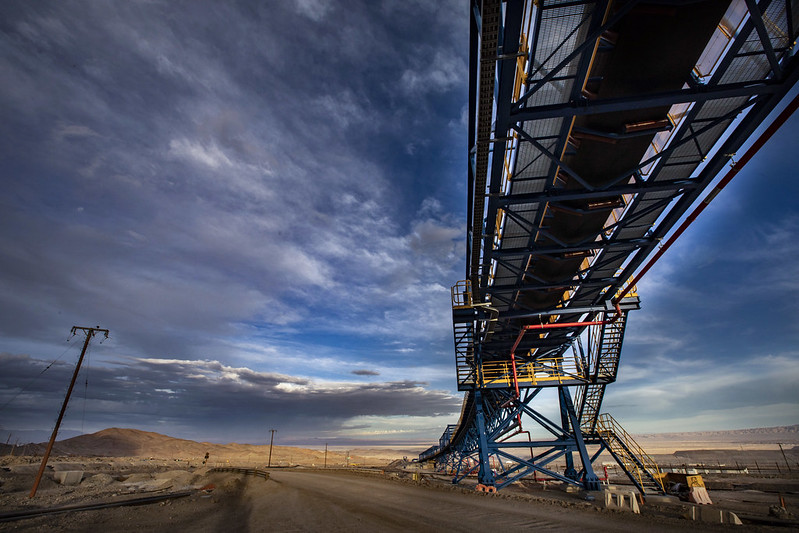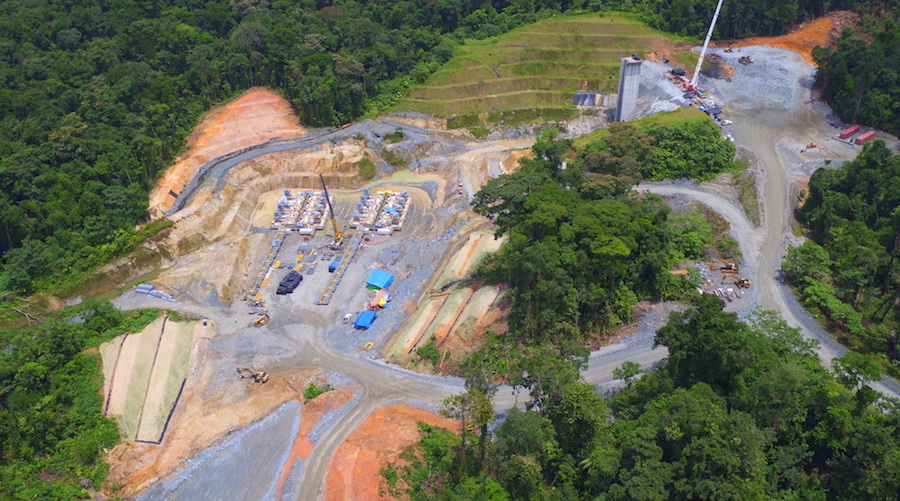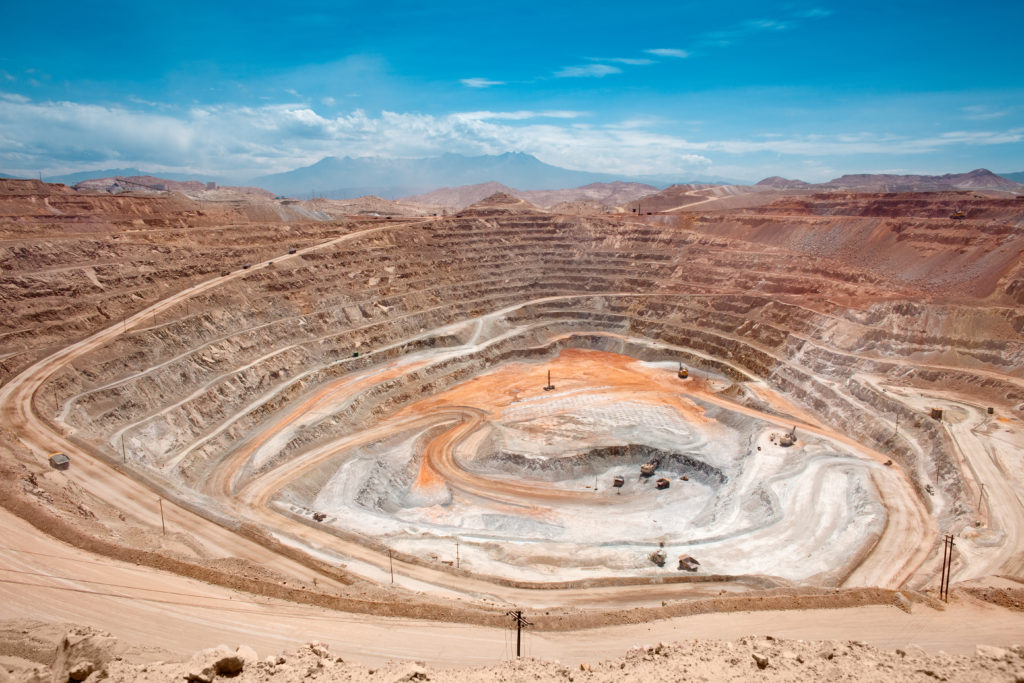The Federal Government of Iraq ordered the speeding up of crucial repairs to its own oil export pipeline into Turkey.
The embargo on oil exports from the KRG remains in place.
From the moment the oil export embargo was imposed on Iraqi Kurdistan on 25 March of 2023, the objective for Baghdad was always to end the region’s semi-autonomous status.
The Federal Government of Iraq (FGI) centred in Baghdad several weeks ago ordered the speeding up of crucial repairs to its own oil export pipeline into Turkey while keeping its embargo on oil exports from the semi-autonomous Kurdistan Region of Iraqi (KRI) based in Erbil in place, a senior source who works closely with Iraq’s Oil Ministry exclusively told OilPrice.com last week. According to a subsequent statement from Iraqi’s Deputy Oil Minister for Upstream Affairs, Basim Mohammed, the pipeline is likely to be operational and ready to restart flows by the end of this month. As repeatedly highlighted by OilPrice.com, from the moment the oil export embargo was imposed on Iraqi Kurdistan on 25 March of 2023, the objective for Baghdad was always to end the region’s semi-autonomous status, which meant destroying all its financial independence, which meant stopping all independent oil sales. As far as foreign oil companies working in Iraqi Kurdistan are concerned, a senior European Union (E.U.) energy security source exclusively told OilPrice.com recently: “Baghdad […] is not concerned whether all [of them] operating there just leave.”
There are several reasons for this view from Baghdad, according to the Iraqi oil and E.U. security sources. Financially, to begin with, the benefits to the FGI in Baghdad of the Kurdistan Region of Iraq are negligible, if not actually negative. “The deal between Baghdad and Erbil for budget payments to be made [from the FGI] in exchange for oil [from the KRI] was intended to provide a benefit for both sides, but it never worked properly, so continuing to allow the Kurds [the KRI] to keep selling oil independently does not benefit Baghdad one dinar,” said the Iraqi source. More specifically, the deal was made in November 2014, and involved the KRI exporting up to 550,000 barrels per day (bpd) of oil from its own fields and Kirkuk via the FGI’s State Organization for Marketing of Oil (SOMO). In return, Baghdad would send 17 percent of the federal budget after sovereign expenses (around US$500 million at that time) per month in budget payments to the Kurds. Even before Russia effectively took control of the KRI’s oil sector in late 2017 through three key deals, as analysed in depth in my new book on the new global oil market order, neither the FGI or the KRI fully lived up to their commitments. After Russia took control, disagreements between the two sides increased, with Moscow looking to create for itself the role of mediator so it could gain further traction for oil and gas developments in southern Iraq as well. “Without the deal working, Baghdad was losing out on billions of dollars a year in revenue from oil sales done independently by the Kurds, so why would it continue to put up with this?” said the Iraq oil source last week.
Legally speaking as well, Baghdad thinks there is no reason why it should, as it believes Kurdistan’s oil exports are illegal and the international oil companies (IOCs) working in the region are complicit in breaking the law. This is founded on its interpretation of the Iraq Constitution, adopted by referendum in 2005. In this, it is clearly stated under Article 111 that oil and gas is under the ownership of all the people of Iraq in all the regions and governorates. Consequently, Baghdad argues, all IOCs that have not so far submitted contracts originally drawn up with the government of the Kurdistan region of Iraq (KRG) for them to be revised now by the Iraq Oil Ministry – so that they can revised in accordance with the Iraq Constitution – have no right to use independent Kurdish routes to export the oil they produce. The KRG, however, believes it has authority under Articles 112 and 115 of the Constitution to manage oil and gas in the Kurdistan Region extracted from fields that were not in production in 2005. “Again, for Baghdad it’s irrelevant whether the IOCs working in the Kurdish region stay or go, as it [the Federal Government] doesn’t benefit at all,” said the Iraq oil source. “If they [the IOCs in Iraqi Kurdistan] want to keep working there then they can apply for updated contracts here [in Baghdad] but if not they can go, as there are plenty of other oil companies that can replace them, and work well with the [Oil] Ministry,” he added.
Politically as well, Baghdad believes there are no benefits at all from having a semi-autonomous Kurdish state in its north. For a start, there remains the constant threat that it might push again for full independence, for which it voted 92 percent in favour in the independence referendum on 25 September 2017, as also analysed in depth in my new book on the new global oil market order. For key Iraqi regional sponsor Iran, and for Turkey and Syria, rising Kurdish independence movements would also pose a distinct threat to the existing regimes, given the size of these populations in these countries. Iran’s Kurdish population is around 9 percent of its total, Syria’s 10 percent, and Turkey’s about 18 percent. Baghdad’s true view of this was shown in the quick and brutal clampdown on the KRI after the massive 2017 vote in favour of full independence. For its superpower sponsor of China, the fractious would-be breakaway Kurdistan Region of Iraq with strong former ties to the U.S. makes the administration of Iraq’s massive oil and gas sector much more difficult. China has been building up its influence in southern Iraq, through multiple deals done in the oil and gas sector that have then been leveraged into bigger infrastructure deals across the south. The apotheosis of Beijing’s vision for Iraq is all-encompassing ‘Iraq-China Framework Agreement’ of 2021. This in turn, was an extension in scale and scope of the ‘Oil for Reconstruction and Investment’ agreement signed by Baghdad and Beijing in September 2019, which allowed Chinese firms to invest in infrastructure projects in Iraq in exchange for oil. The same political concern applies for Russia, even with its strong position in the KRI’s oil sector, which would likely be continued anyway if Baghdad is successful in destroying the region’s remaining independence.
That this remains a core aim of the Federal Government of Iraq was underlined on 3 August last year when Iraq Prime Minister, Mohammed Al-Sudani, stated that the new unified oil law – run, in every way that matters, out of Baghdad - will govern all oil and gas production and investments in both Iraq and its autonomous Kurdistan region and will constitute “a strong factor for Iraq’s unity”. The completion of the ongoing repairs to Baghdad’s own oil export pipeline to Turkey - bypassing any input from the Iraqi Kurdish region at all – clearly signals that the endgame is in sight for it. Baghdad’s 600-mile pipeline was the original Iraq-Turkey Pipeline, running from Kirkuk in Iraq’s north to Ceyhan in Turkey, before it was closed in 2014 after repeated attacks by various militant groups in the region, including Islamic State. It consisted of two pipes, with a nameplate capacity of 1.6 million bpd combined (1.1 million bpd for the 46-inch diameter pipe, and 0.5 million bpd for the 40-inch one). It was only after it was closed that the Iraq Kurdistan regional government oversaw the construction of a new single side pipeline, from the Taq Taq field through Khurmala, which runs into the Kirkuk-Ceyhan pipeline in the border town of Fishkhabur. “With the Kurds cut out of the new pipeline and their own pipeline shut down, the new oil law can move forward, unifying the country’s oil sector as originally intended,” concluded the Iraq oil source.
By Simon Watkins for Oilprice.com

